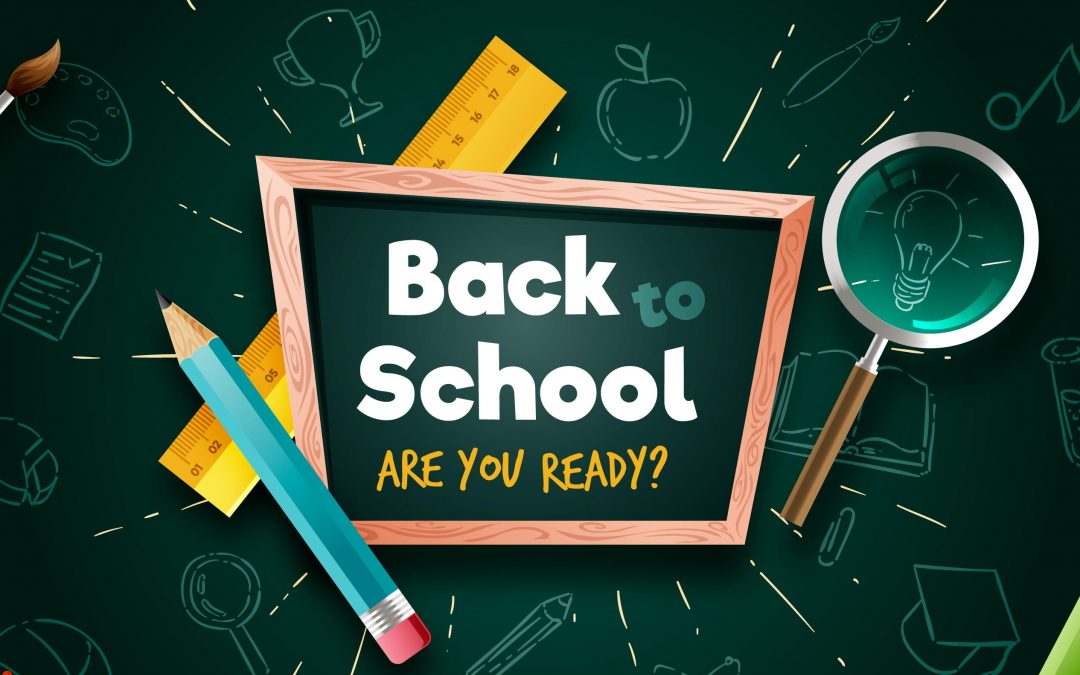Schools are about to reopen for the new session after a very long break caused by the COVID-19 pandemic. Is your child ready for school? This year, back-to-school is going to be a hectic activity for many children who could not cope up with the pace of online learning. Here are some quick points that will help you be ready for the fall session. And our list includes a lot more than the supplies.
Shop for Supplies
Every back-to-school conversation starts with back-to-school shopping. Of course, can you imagine a new year at school without the latest action hero backpack and matching paper holders? Jokes apart, supplies are crucial for a smooth, hassle-free academic year. Make a list of all the essential things and combine it with the school’s list to avoid last-minute runs to the store. While you are at it, don’t forget to check the stockpile of the previous year and do not purchase what you already have, and save both time and money.
Create Goals
The new academic session must start with goal setting for physical and mental growth. As parents, encourage your child to set subject academic goals and achievable goals if they are active in sports and other activities like dance, music, coding, etc.
The goal-setting should also have a timeline, as in helping your child set a time for achieving a certain goal and help them re-set or set new goals as they progress. Ensure that the goals are short-term and achievable so that a child can complete them and in turn feel confident about learning new things and taking up new challenges.
Plan a Schedule
Children need a good schedule to fit in all the academics and other activities in their 24 hours. They also need to learn the importance of time and its management. And this applies to all age groups, all grades. Older kids can plan their year with the help of a good study planner. Help them to focus on key aspects like the routine practice of lessons, fixed time slots for physical activity, and the cliched healthy food and sleep routines.
For younger children, parents can start with creating a routine in terms of fixed wakeup time, school time, meal times, nap time, and playtime. It’s a different ball game altogether for little ones who do not usually have a lot of workloads and are used to flexible timelines both at home and play school. The point here is to create a timeline that contributes towards the holistic all-round development of children.
Cover up Learning Gaps
It’s very important to brush up on the lessons before the new session. This step is the most crucial back-to-school prep, without which the new session may turn out to be quite disappointing in terms of learning and academic progress. The summer break should be used to cover learning gaps from the previous. If there are no gaps, it must be used to re-visit the lessons and ensure that nothing has been forgotten during the summer break.
You can also consider enrolling your child in a Back-to-School course that can take care of the revisions of important topics across all subjects. eTutorWorld offers Back-to-School courses that are aimed at putting the learning back on track in just a few days before the schools reopen.
Get in Touch with Friends
This one can optimize all the other back-to-school preparation points listed here. Getting in touch with friends means connecting with people who are in the same boat. Your child’s classmates will be worried about the same things also preparing for the same class. Back-to-school prep with friends becomes efficient in every sense. Older children can shop together for supplies, sit down to cover learning gaps and help each other in the process, and so on.
With younger children, you can plan play dates that involve shopping, back-to-school lessons, and an activity to create a balanced and fun daily schedule.
This year, make going back to school a hands-on experience for your children. Use the above-mentioned list to create your back-to-school plan that involves everyone and ensures that your child is confident about stepping back into the school premises after a complete year of online interactions and social distancing.

